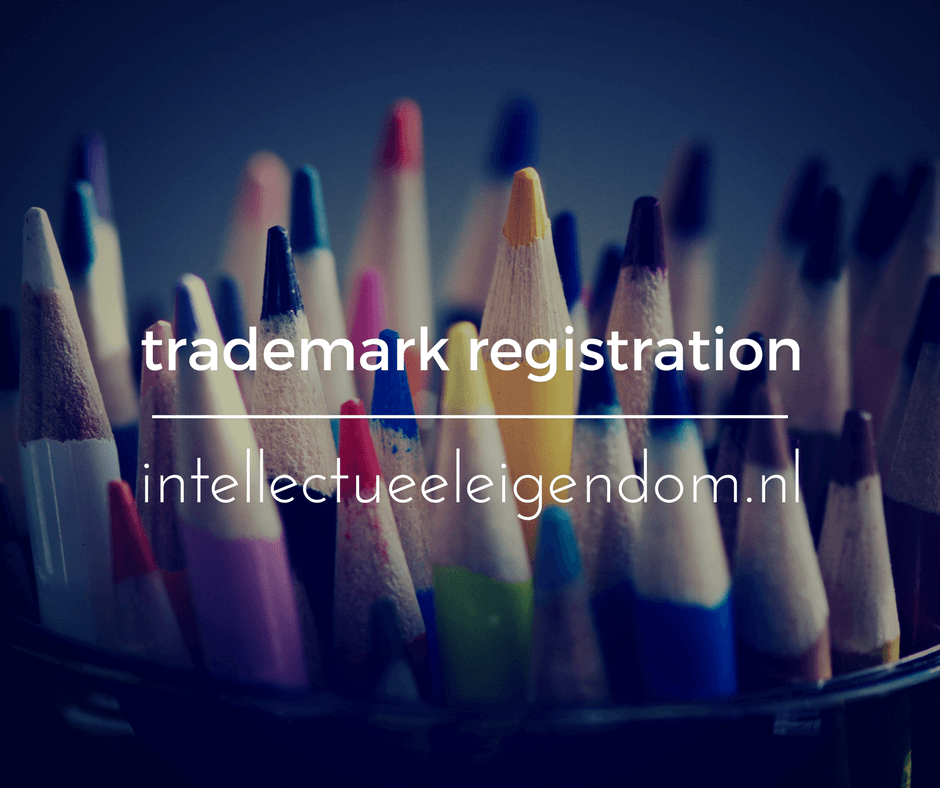Trademark registration
Register your trademark online in minutes…

Online
You can order our most chosen services online with ease. Do you prefer personal contact? No problem, just call or email us.
Registration and protection
We do not only register them for you, but we also take care of the trademark protection and look out for ingringement by newer brand names.
More than just filing
And has an infringement occurred, then we will take professional action against it and make sure that your trademark stays fully protected.
Frequently Asked Questions
Trademark registration is something you do because you want to protect your name, but how do you register trademarks and what are the costs? We will explain comprehensively how we help you protect a trademark by registering the brand, and will help you gladly with a free availability check.
What is the definition of a trademark?
The definition of a trademark is name of a brand. A name is a way to distinguish products and services. It is meant to make comparing and choosing easier for consumers.
Why do you need a registered trademark?
The most important reason to choose trademark registraion is to prevent competitors from copying or pirating your product. Beside that you can use the Ⓡ-sign. By law this sign does not have any direct worth, but it assures clients and scares off competitors. The last because you sign them you will act against violations. When you finally have a well-working company or you want to create a franchise, then you can make money by registering your trademark. You can then sell your valuable brand or give licenses.
How does a trademark registration in the Benelux work?
Trademark registration in the Benelux can be achieved by depositing it online with the BBIE. Before doing this you will have to check whether yours already exists, and if it has been deposited. Also you will have to make sure your trademark is, for example, not to descriptive, because then it will be refused. A name is too descriptive when it tells you what it is about too well. The name intellectualproperty.com cannot be registered, for example. When it is clear your name is not too descriptive and meets the already mentioned material requirements, then you can deposit your trademark online. These are the requirements for your name and/or trademark. Besides that you could also register your trade or company name as trademark. Registering your trademark in the Benelux takes about 3 months.
How does a trademark registration in Europe work?
If you want to register your trademark outside the Benelux in the whole of Europe, then you have to go to Uniemerk. Through the Uniemerk you can at once register your trademark for all of Europe. The protection is then available for all countries of the European Union. To register trademarks in Europe, you follow the procedure of the Bureau for Intellectual Property of the European Union. Benefits of this are that you can cheaply deposit your brand, but the costs of protection and maintenance can be very high. That is why you should have people research whether it is profitable enough to get a registered trademark in Europe.
How does a worldwide trademark registration work?
Registering a trademark worldwide is a completely different story. Because there is no worldwide system for registering trademarks, and there is no unity like in the Benelux or Europe, you will have to let your trademark be protected in every country through its laws. It is possible to make a request through the international trademark registration system of Madrid. There are 80 countries affiliated with this.
Of course we will gladly discuss with you in which countries worldwide registration is tactically sound. This way we can choose the best countries where registration is necessary. We can relatively easily register trademarks in all countries of the world with our worldwide network.
How do you register trademarks internationally?
If you want to register your trademark internationally, you will have to carefully consider in which countries you do. We can advise you well in this. For example, it is usually unnecessary to register in 3 classes internationally, and one class is enough. The costs to register trademarks internationally are dependent on the country. The costs for many countries worldwide can be seen below, and for other countries we will be glad to make an offer.
Choose a Plan that Works for You
For our most chosen services we have a fixed fee. Only this way you know from the start what you can count on and you won’t experience unpleasant surprises at our office. That’s why we do not use difficult tables and hourly rates that scare you. No, the fixed rates are known from the start. This way you’ll know in a second which package from our office is the right one for your company.
Start-up
Benelux- Free trademark research
- 1 Nice class included
- More Nice classes optional
- 10 years protection
- Renewal always possible
Europe
Registration in the EU- Free trademark research
- 1 Nice class included
- More Nice classes optional
- 10 years protection
- Renewal always possible
International
Choose your own countries- Free trademark research
- 1 Nice class included
- More Nice classes optional
- 10 years protection
- Renewal always possible
What are the costs of registering a trademark?
The costs of registering a trademark are dependent on where you do so. Will you choose just the Benelux, or complete Europe? Furthermore, hiring a lawyer or jurist specialised in trademarks also brings extra costs. With us there are fixed rates available for this. The total price is therefore comprised of the depot and the costs for legal advice.
Of course there are no extra costs with any of our packages. The € 244,- of the BIOP or the € 850,- the OHIM asks are included in the price. If your trademark application is refused, the money will unfortunately not be returned. That is why it is usually recommended to register the trademark under supervision from a trademark-empowered, jurist or lawyer specialised in depositing trademarks.
Costs of registering a trademark in the Benelux
The costs of a trademark application in the Benelux are € 244,-. Things will go through the usual procedure. An accelerated request is also possible, but brings extra costs with it. The costs are 15% higher than € 244,- if you do not register your trademark online, but want to do it on paper.
Costs of registering a trademark in Europe
The costs of a trademark application in Europa are € 850,- with an online depot. Should you choose for a depot on paper, then the costs will be € 1000,-. In both cases this concerns registering the trademark in 1 class.
When should you consider a trademark application?
A plumber cannot be registered, but if someone registers a trademark as brand in the Chamber of Trade, then this can protect you. For example, if you register the trademark Amsterdam. Competitors in the same branch and region cannot use your brand or trademark just like that. Still, this does not offer the maximal protection when another party also wants to operate in your market using the same name. Think whether you operate nationally or internationally, because then you might want more protection than just a registration of the trademark with the Chamber of Trade.
How do you check the availability of a trademark?
If you want to a registered trademark, you will have to check at some point whether the trademark is already registered by someone else or not. If the trademark you have in mind is already registered, you could violate trademark rights, which could mean juridical procedures against you. You will want to prevent this, and that is why you can check in the trademark register whether a name has been registered already.
How do you protect a trademark?
One of the most important basic rules of the trademark rights is that it does not exist without registration. Without registering your trademark it will not be protected. So, in order to protect a trademark, you have to deposit it. Then the Brand Bureau will register your trademark, and you will be protected.
How do you deposit a trademark?
In order to deposit a brand it will have to meet three material requirements. These material requirements are from article 2.1 to 2.4 BVIE, or the Benelux Accords regarding intellectual ownership. The three requirements are:
- Validity
- Lawfulness
- Legitimacy
The Bureau of Brands may, on grounds of their refusal capacities, refuse a depot of a trademark on grounds of absolute unavailability if the first two requirements are not met. The Bureau of Brands will research this themselves, and on this decide if a trademark can be protected or if it should be refused. The third requirement “Legitimacy” is only considered if there is opposition during the opposition procedure.
How long is a trademark registration valid?
Your trademark is protected for 10 years, but you can always extend it after ten years. You only have to make sure you actively maintain your trademark.
